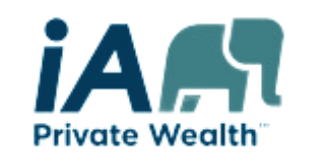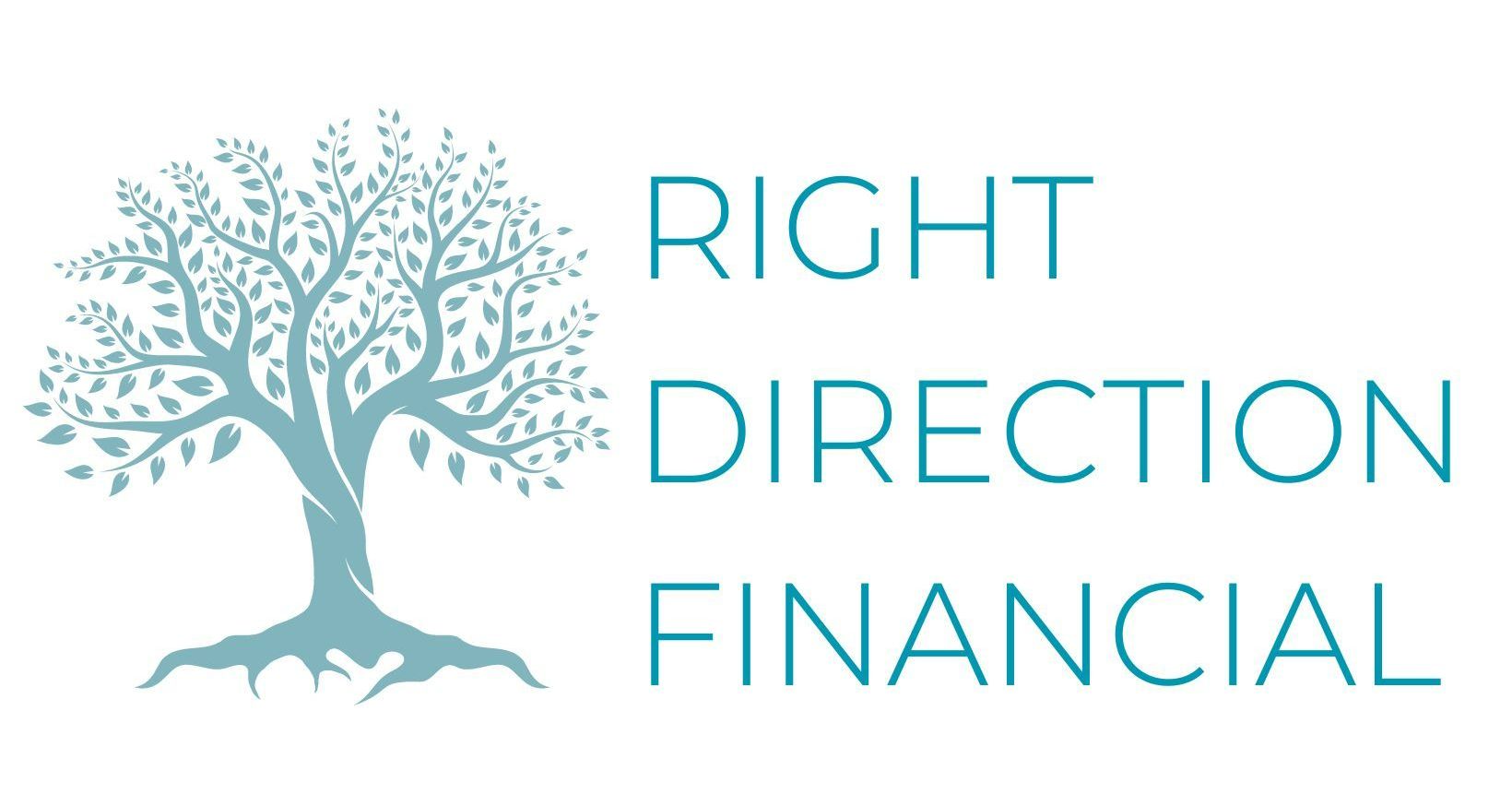Here Are Some Key Points About RESPs in Canada:
- Purpose: RESPs are designed to help Canadians save for a child's post-secondary education, such as college, university, or trade school.
- Contributions: Anyone can contribute to an RESP, including parents, grandparents, relatives, and friends. There is a lifetime contribution limit for each beneficiary, and there is no annual contribution limit. However, to maximize government grants, it's recommended to contribute up to $2,500 per year per beneficiary.
- Government Grants: The Government of Canada offers grants to encourage RESP savings, such as the Canada Education Savings Grant (CESG) and the Canada Learning Bond (CLB). The amount of these grants depends on various factors, including your income and contributions.
- Tax Benefits: Contributions to an RESP are not tax-deductible, but they grow tax-deferred. When the beneficiary withdraws funds for educational purposes, they are taxed in the beneficiary's name, typically at a lower tax rate.
- Withdrawals: When the beneficiary enrolls in a qualifying post-secondary education program, they can start withdrawing funds from the RESP. These withdrawals come in two categories, first, withdrawing contributions (called a PSE), and second, including grants and the investment earnings (together called an EAP). The withdrawal of grant and earnings are taxable, but because students usually have a lower income, they may pay little to no tax. In 2023 the government announced an increase from $5,000 to $8,000 on the limit of an EAP during the first 13 weeks of study for full‑time studies (qualifying educational program), and an increase from $2,500 to $4,000 on the limit of an EAP for every 13‑week period of study for part‑time studies (specified educational program).
- Lifetime Limit: The lifetime contribution limit per beneficiary is $50,000, and the maximum CESG grant available is $7,200.
- Plan Types: RESPs can be set up as individual plans for one beneficiary or family plans that can have multiple beneficiaries, typically siblings. This allows for flexibility in managing RESP investments among family members.
- Subscribers: Former spouses and common-law partners who are still the legal parents of a child may now open an RESP as joint subscribers.
Source: https://www.canada.ca/en/services/benefits/education/education-savings.html


















